Telemecanique Industrial connections and blocks
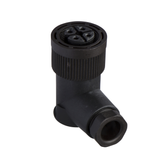


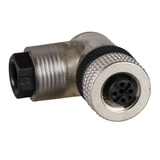
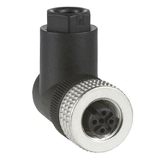

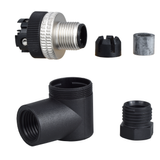

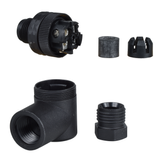
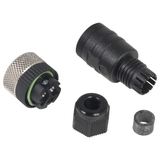
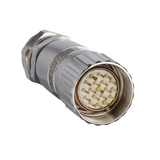


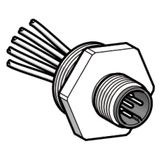


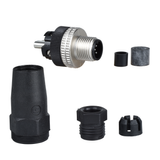



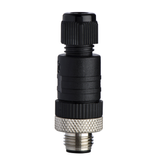
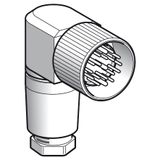
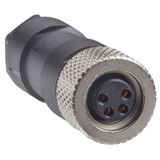
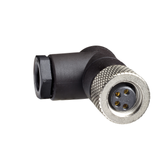


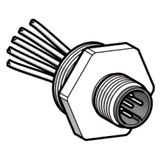

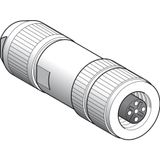

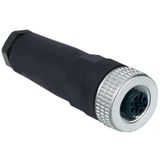
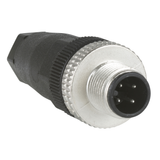
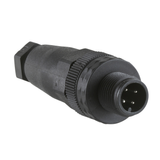
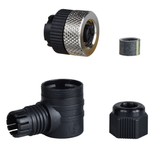
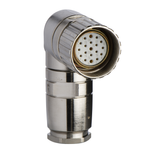

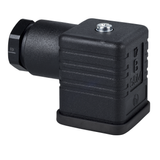
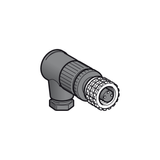

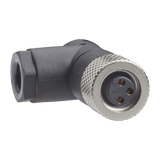


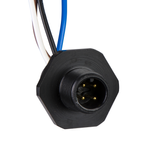

Projects run smoother when the mechanical language, pitch, and clamp forces don’t change from cabinet to cabinet. For multi-floor builds we see best results when crews lock conductor class, strip windows, and rail spacing early, then repeat the same terminal and plug families throughout. Below is how the Telemechanique ecosystem lines up in practice for power, lighting, and controls.
telemecanique industrial connections for power and control distribution
With telemecanique industrial connections, installers route 24 V control alongside 230/400 V feeders on parallel schemes without special tools. Current bands commonly sit at 16–76 A per pole with 0.5…16 mm² cross-sections; stepped barriers and touch-safe fronts keep IP20 on the rail. For dusty switchrooms, creepage is maintained by raised ribs, and test points accept 2 mm probes so you can verify live without dismantling half a row.
telemecanique terminal blocks formats and rail geometry
Screw clamp, spring clamp, and push-in bodies cover 5.0–10.3 mm pitch for DIN-35 rails. Marking channels take laser or thermal labels that survive solvent wipe-downs, and end-stops keep rows from migrating during service. Use telemecanique terminal blocks where you want consistent torque windows around 0.4–2.5 Nm (model-dependent) and ferruled fine-strand conductors 0.5…6 mm² to repeat the same pull-out values across panels.
telemecanique connection blocks compact depth and labeling
Shallow cabinets and luminaire trays benefit from side-entry geometries that reduce bend radius. Interlocking tabs stop skew on long rows and accept barrier plates between potentials. Engineers specify telemecanique connection blocks when existing cut-outs and colour logic must be preserved across floors, keeping maintenance readable on night shifts and avoiding ad-hoc jumpers.
telemecanique plug connectors quick-mating interfaces
Keyed shells with positive latches confirm mating by feel; compression seals hold IP54–IP67 when the ferrule matches jacket OD. Tin- or gold-plated contacts are selected by cycle count and humidity. Mixed-pin layouts carry power and control in one housing while respecting SELV segregation. For repetitive fit-outs, telemecanique plug connectors keep harnesses standardised so swap-outs don’t change strip windows or clamp style.
telemecanique electrical connectors selection and ratings
Define conductor class, mating cycles, and enclosure IP at the start. Touch-safe finger guards and guide rails protect low-level signals next to mains routes; 360° braid clamps hand off shields to the backplate with minimal pigtail inductance. Procurement flags telemecanique electrical connectors wherever identical terminations repeat (drivers, I/O tails, fan sets) so cartons land pre-counted and serviceable.
telemecanique industrial wiring accessories routing and EMC
Strain-relief combs, grommets, end-stops, and divider strips keep routing disciplined and separate SELV from mains. Stainless saddles and closed-cell gaskets tolerate plant-room moisture; PUR boots handle flexing near doors. Crews catalogue telemecanique industrial wiring accessories by pitch, thread family, and jacket range, which stops on-site improvisation that would otherwise compromise IP or shielding.
telemecanique connection terminals integration and serviceability
Feed-through, PE, disconnect, and fuse variants share end plates, jumpers, and test plugs. Neutral bars and PE links follow consistent symbol and colour language; adapter feet fit legacy rails. Document torque and pull-out next to drawings so technicians repeating telemecanique connection terminals can check rows quickly without guessing clamp force.
Applications and compatibility notes
Office cores and hotels need compact rows with clear markers for churn; transport and plant rooms rely on sealed pluggables and stainless hardware; façades and parking decks prefer IP-rated entries with matched glands and ferrules. All families interconnect cleanly between luminaires, drivers, sensors, and controllers, keeping pitch and tool sets constant.
Technical specifics installation teams actually use
- Conductor ranges: 0.5…6 mm² for control, 10…16 mm² on higher-current blocks; ferrules per EN practice on fine-strand.
- Typical torques: 0.4–0.8 Nm small terminals, 1.2–2.5 Nm larger clamps; verify on the data sheet you release to site.
- Thermal: hold 7.5–10 mm vertical spacing where ambient in the rail zone runs >40 °C to avoid nuisance temperature rise.
- EMC: land shields 360° at entry plates; keep earth tails short and direct; cross power and I/O at 90° when routes must intersect.
Selection criteria for B2B buyers
Lock three variables early—conductor class and cross-section, enclosure IP/IK at the boundary, and expected mating cycles. Confirm pitch versus available door depth; fix label size and font so panels read the same across floors. Test a sample rail for torque and pull-out before releasing drawings, and standardise jumper schemes to avoid spaghetti during commissioning.
Advantages of working with Bankoflamps
We organise procurement to your commissioning windows, not catalogue pages. Quotes with EAN and MPN arrive in about an hour, and live EU stock is visible before crews are booked. The portal shows lead times, shipment status, and downloadable price files with validity periods you can actually plan around. Trusted accounts use post-payment up to 30 days. We consolidate partials so rows, jumpers, end-stops, and pluggables land room-bundled, and your account manager checks pitch, pole counts, torque ranges, gland threads, and shield-termination notes against your drawings—keeping deliveries site-ready across France, the Baltics, Germany, Spain, Italy, Belgium, and the Netherlands.